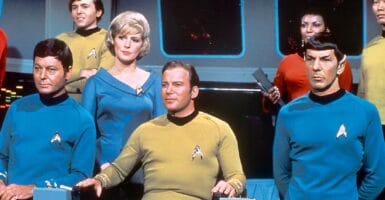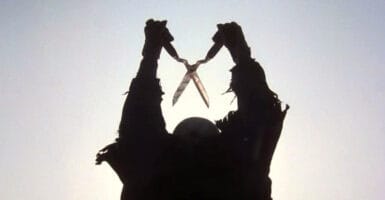The Mickey Mouse Copyright Battle Is In Full Force On YouTube
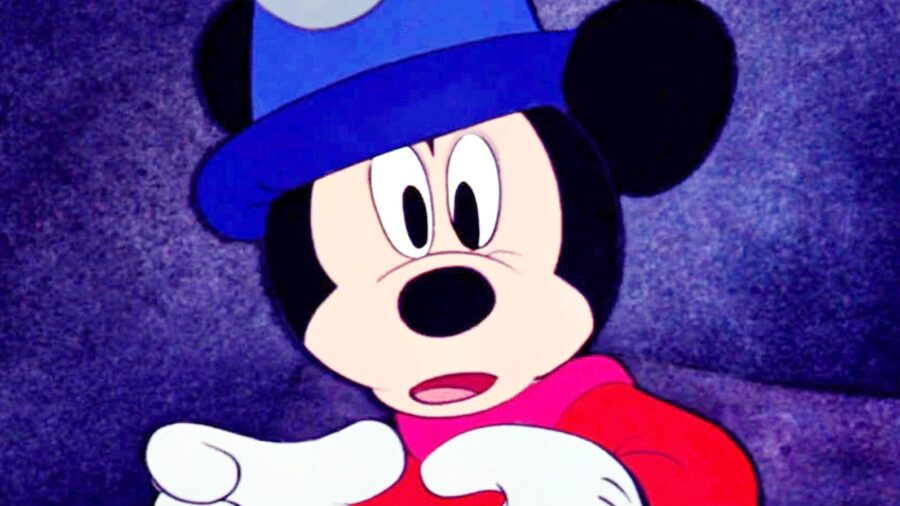
Nobody expected the end of the Mickey Mouse copyright, and the character’s transition into the public domain, to go smoothly—and shots have already been fired.
Dubbed Steamboat Willie
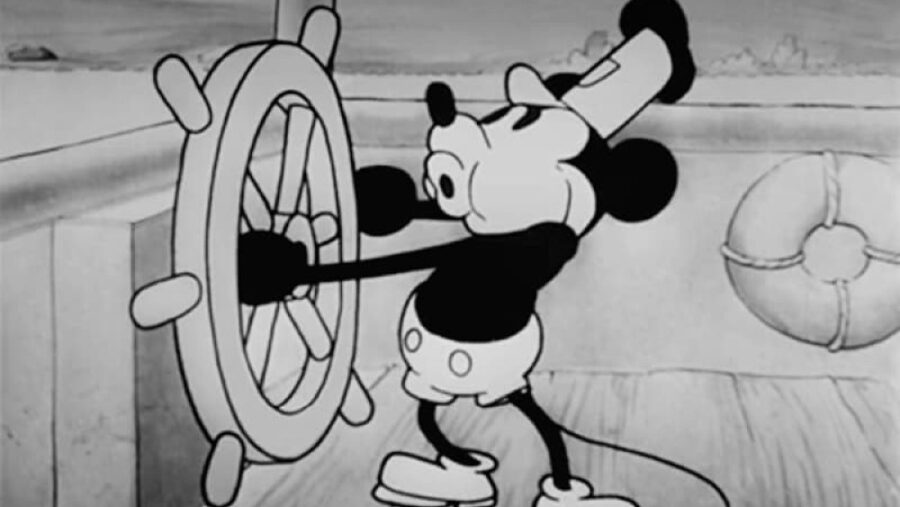
Indeed, the world of YouTube and copyright law collided spectacularly this week when voice actor and YouTuber Brock Baker uploaded a dubbed version of the 1928 Disney animated short Steamboat Willie.
Upon posting the video to his channel (with a million subscribers), Baker found himself amid a swift and complex legal tangle underscoring the challenges of navigating copyright in the digital age.
Baker’s Version
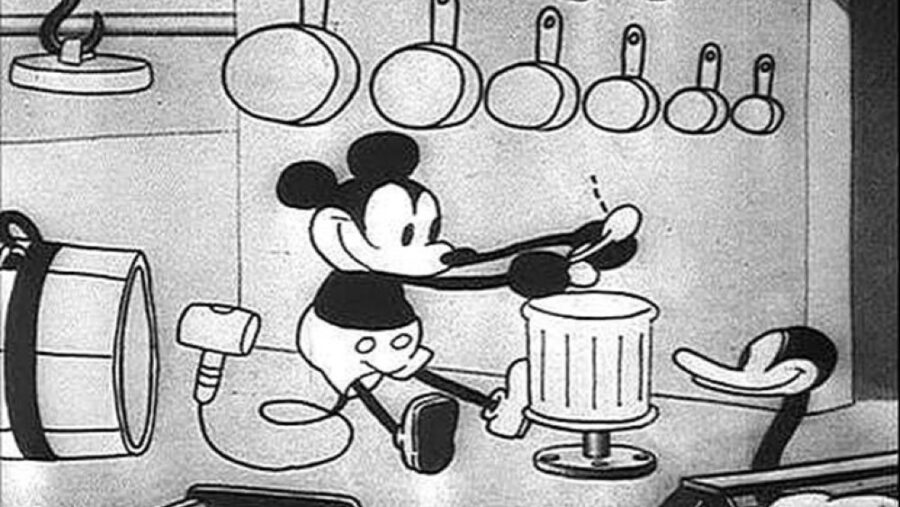
Baker’s version is entitled “Steamboat Willie (Brock’s Dub)” and features his comedic voiceovers and sound effects. Its a creative take on the nearly 8-minute-long cartoon that introduced Mickey Mouse to the world.
However, within minutes of its upload, YouTube demonetized the Mickey Mouse video, citing copyright claims at the behest of Disney. YouTube furthermore restricted the video to specific territories.
Of course, YouTube’s move raised eyebrows. After all, the 1928 version of Mickey Mouse and Steamboat Willie entered the public domain on January 1, 2024. Upon entering the public domain, creators like Baker are theoretically free to reproduce, adapt, and monetize ’28 Mickey.
Legal Support
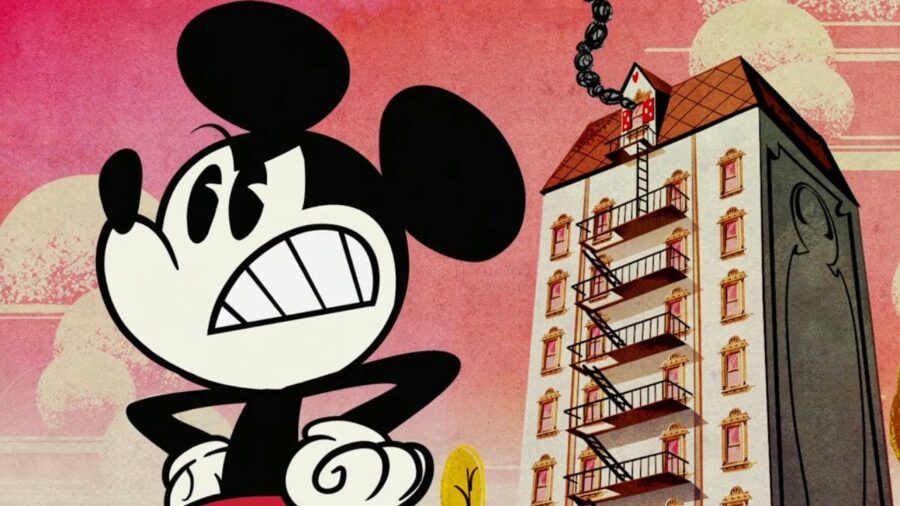
Baker enjoys plenty of legal support for his move. Jennifer Jenkins, a Duke University law professor specializing in intellectual property, opined that Baker could have credibly cited fair use or parody to legitimize his dubbed version.
But such a move would be unnecessary; the public domain status freeing the Mickey Mouse copyright means anyone can depict the character in any context.
Hence, the recent Mickey Mouse-related projects announced, including a horror movie and a video game.
YouTube At Fault?
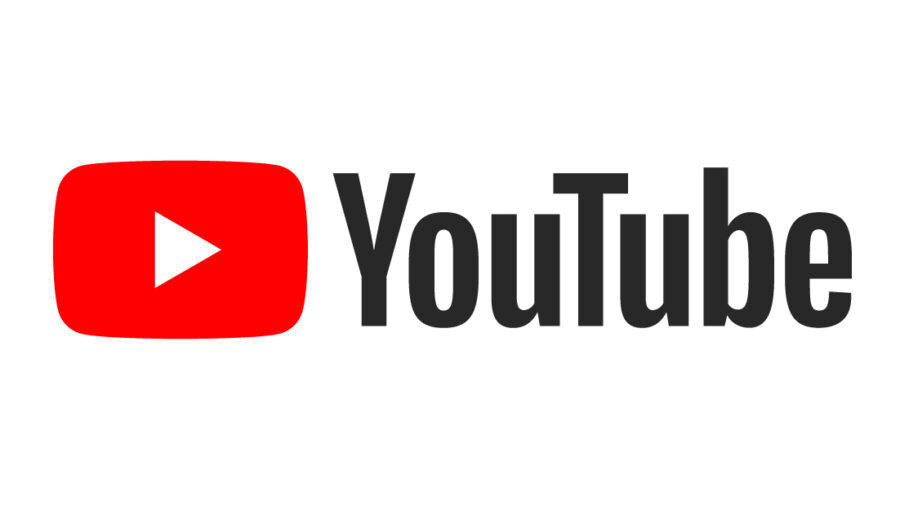
The crux of the matter would seem less dramatic than Bob Iger and Co.’s repression of free speech.
Instead, YouTube’s automated Content ID process bears much of the responsibility. As YouTube’s policy states, uploaded videos are scanned against a massive database of audio and visual content submitted by copyright owners.
If and when a match is found, it automatically triggers a Content ID claim. It appears neither YouTube nor Disney managed to update this database to reflect the Mickey Mouse copyright expired.
Disney Withdraws Claim
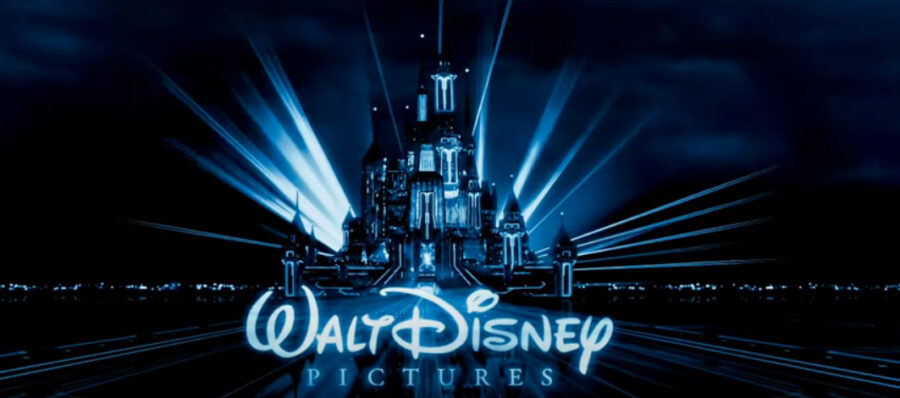
Disney soon withdrew its copyright claim on Baker’s video following the YouTuber disputing the claim, basing his dispute on the 1928 film’s new public domain status. Now that Disney has withdrawn their claim, Baker’s video is monetizable, embeddable, and watchable worldwide.
For his part, Baker voiced relief at the speedy turnaround and workable resolution, though he still wonders what goes on behind the scenes at both YouTube and Disney.
The Internet And Copyright Law
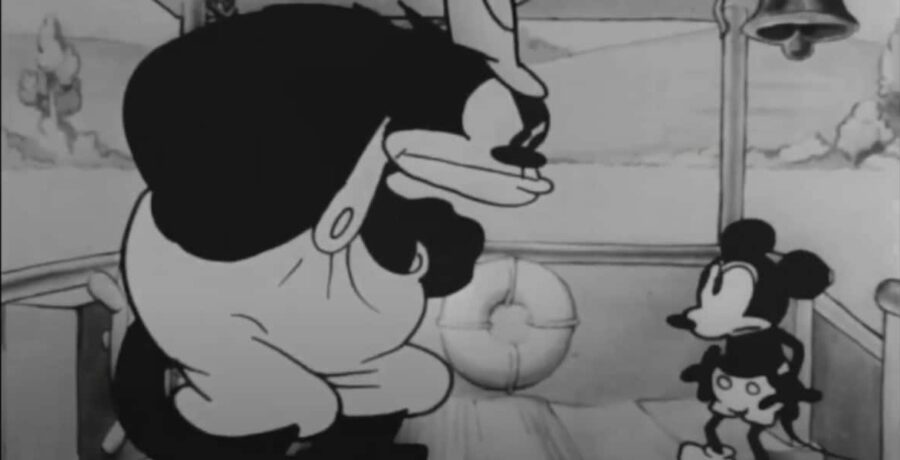
The incident fueled feverish discussion online about the real limitations to incorporating the retro, public-domain version of Mickey Mouse in creative work.
YouTube stands by its longtime stance of allegedly refusing to mediate copyright claims–concerning the expired Mickey Mouse copyright or any others.
Instead, they place the onus on copyright owners themselves, relying on them to file claims through the Content ID tool. Likewise, YouTube requires uploaders to dispute copyright claims when appropriate.
Ultimately, Baker’s Steamboat Willie’s debacle provided an instructive example of the nuances and evolving landscape of copyright law on the internet. Major streaming platforms like YouTube and copyright-holding giants like Disney should update and adapt their practices accordingly.
Source: Mashable




